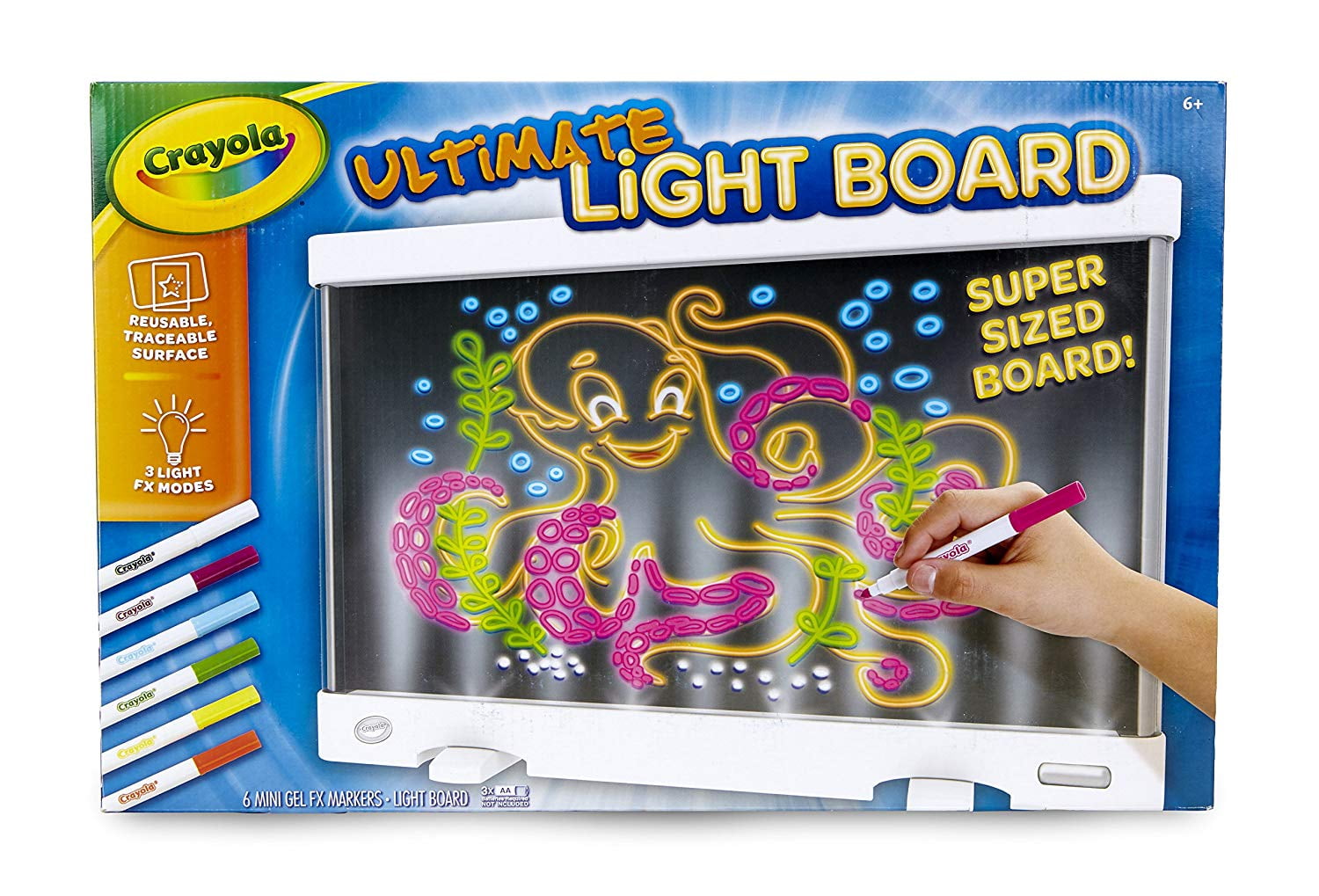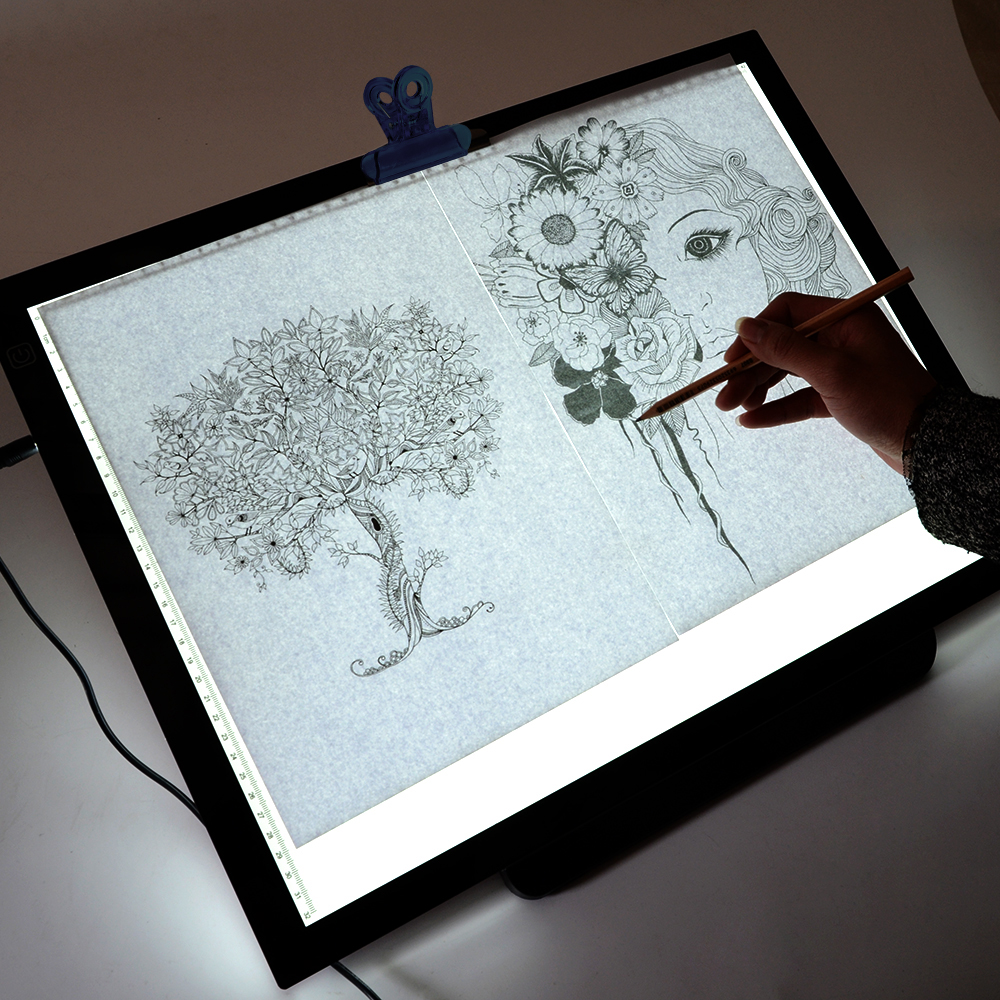With great pleasure, we will explore the intriguing topic related to Let’s Draw! Unlocking Creativity with Light Boards. Let’s weave interesting information and offer fresh perspectives to the readers.
Introduction
Let’s Draw! Unlocking Creativity with Light Boards

Hey there, aspiring artists! Welcome to the wonderful world of drawing, where imagination takes shape and creativity blossoms. I’m your friendly neighborhood drawing teacher, here to guide you on a journey of artistic exploration. Today, we’re going to delve into the exciting world of light boards and discover how they can help you unleash your inner artist!
But first, tell me, what kind of drawing experience do you have? Are you a complete beginner, or have you dabbled in drawing before?
Knowing your background will help me tailor this lesson to your specific needs.
What is a Light Board and Why Should You Care?
A light board is like a magical canvas that comes to life! It’s a translucent surface with a light source behind it, allowing you to trace images or create your own designs with ease. Imagine a glowing window that lets you see your drawings in a whole new light!

Have you ever seen a light board before? Do you have one at home?
Light boards are becoming increasingly popular because they offer a unique and engaging way to learn drawing. They’re perfect for all ages and skill levels, making them a fantastic tool for beginners and seasoned artists alike.
Benefits of Drawing with a Light Board
Drawing with a light board isn’t just fun; it’s a powerful learning tool that offers numerous benefits for your artistic journey:
- Enhanced Visual Perception: By tracing images, you develop your eye for detail and learn to observe shapes, lines, and proportions more accurately.
- Improved Motor Skills: The act of tracing and drawing helps refine your hand-eye coordination and strengthens your fine motor skills.
- Increased Confidence: Light boards make drawing less intimidating, allowing you to experiment with different techniques without fear of making mistakes.
- Boost in Creativity: Light boards encourage you to think outside the box and explore different drawing styles and techniques.
- Fun and Engaging: Light boards make drawing a joyful experience, turning learning into a playful adventure.


Have you ever tried tracing an image before? How did it feel?
Tracing can be a great starting point for learning about shapes and proportions.
Getting Started with Your Light Board
Now that you understand the benefits, let’s get started! Here’s a simple guide to using your light board for drawing:

- Choose your image: Pick a picture you like, whether it’s a simple shape, a favorite animal, or a complex landscape.
- Prepare your light board: Make sure the light is turned on and the surface is clean.
- Place your image: Position your image on the light board, ensuring it’s securely held in place.
- Start tracing: Use a pencil or pen to trace the outline of your image, paying close attention to the shapes and lines.
- Practice makes perfect: Don’t be afraid to experiment and try different techniques. Practice tracing various shapes and lines to improve your skills.
- Add details: Once you’ve traced the outline, you can add details like shading, texture, and color to bring your drawing to life.

Do you have a favorite image you’d like to trace?
Let’s pick one together and start drawing!
Light Board Drawing Techniques
Here are some fun techniques you can try with your light board:
- Line Drawing: Use different types of lines (straight, curved, thick, thin) to create interesting patterns and textures.
- Shading: Use light and dark lines to create depth and dimension in your drawings.
- Cross-Hatching: Create different shades by layering lines over each other.
- Stippling: Use dots to create patterns and textures.
- Blending: Use your fingers or a blending tool to smooth out lines and create soft transitions.
Have you ever tried any of these techniques before? Which one are you most excited to explore?
FAQ’s About Light Boards
Here are some frequently asked questions about light boards:
1. What kind of light board is best for drawing?
There are many different types of light boards available, from small portable ones to large studio-grade models. The best type for you will depend on your budget, space, and personal preferences.
2. What kind of drawing tools can I use with a light board?
You can use a variety of drawing tools with a light board, including pencils, pens, markers, crayons, and even charcoal.
3. Can I use a light board to draw without tracing?
Absolutely! You can use a light board to create your own original drawings by using the light to illuminate your paper and help you see your lines more clearly.
4. What are some fun things I can draw with a light board?
You can draw anything you can imagine! From portraits and animals to landscapes and abstract designs, the possibilities are endless.
5. How can I improve my drawing skills with a light board?
The key is to practice regularly and experiment with different techniques. Don’t be afraid to make mistakes; they’re part of the learning process!
Let’s Draw Together!
Now that you’ve learned the basics of light board drawing, it’s time to put your skills to the test!
What would you like to draw today?
Let’s choose a subject together and create something amazing! Remember, drawing is a journey of exploration and discovery. Have fun, be creative, and let your imagination soar!

Thus, we hope this article has provided valuable insights into Downloads Let’s Draw! Unlocking Creativity with Light Boards. We thank you for taking the time to read this article. See you in our next article!
 Apoteksangiran.my.id News Bisnis Technology Tutorial
Apoteksangiran.my.id News Bisnis Technology Tutorial